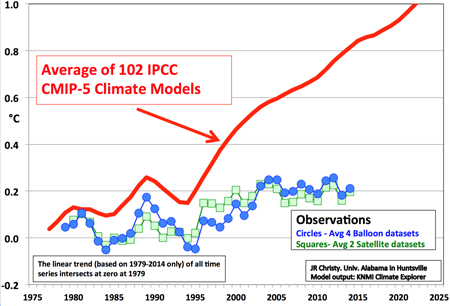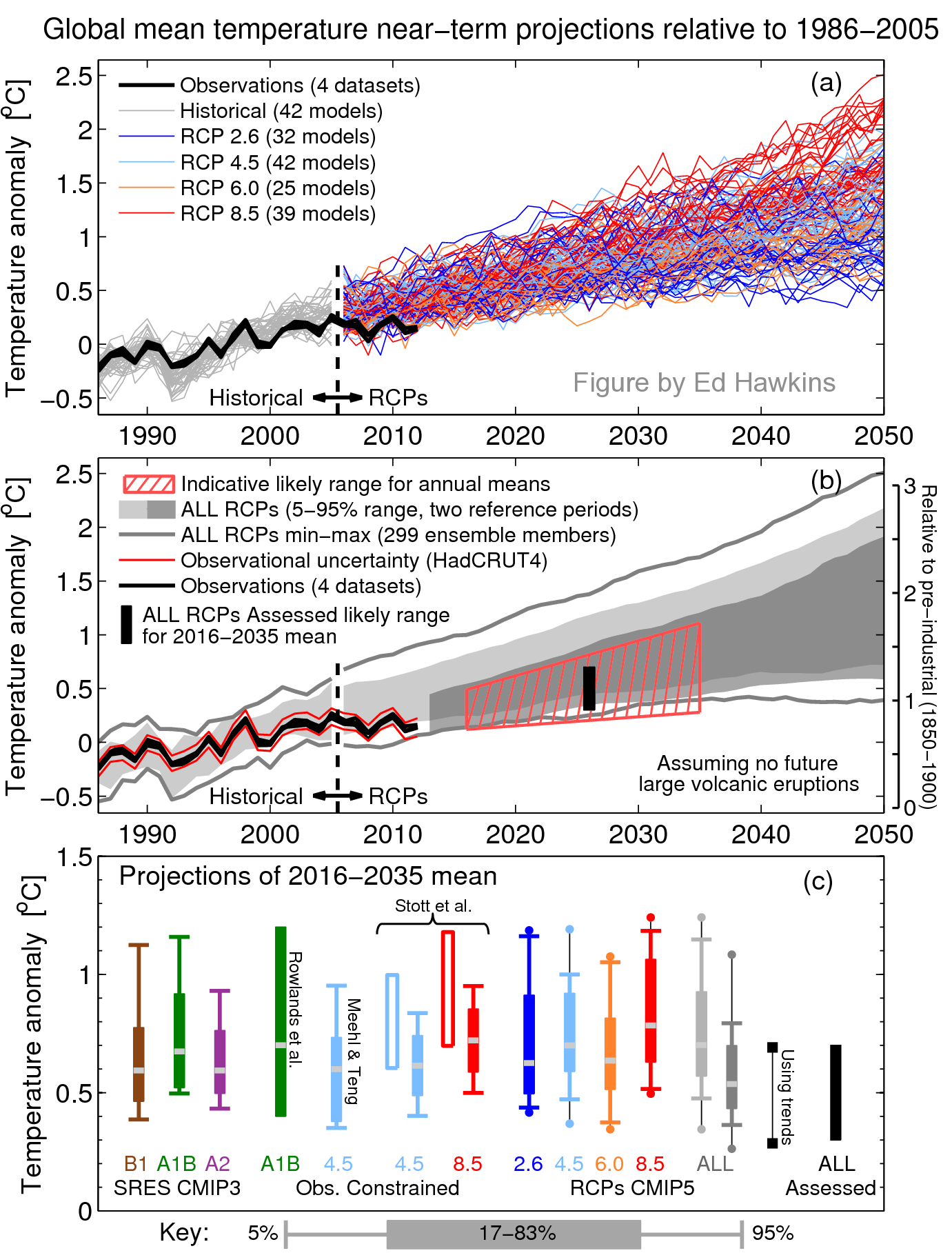I favor an economy based on fuel cell technology, hydrogen production via hydrolysis using sunlight and inexpensive catalysts, solar and wind, etc. for direct electricity production and a massive national government moralization of industry to install it pronto.
Nuclear power is insane. Sending nuclear waste to the sun is one of the most insane ideas I have ever heard. You singularly left hemisphere thinkers have no idea how far off kilter from reality your thinking can get. You theorize in the abstract and never think of what it will mean to have nuclear contamination all over the place, the gigantic risk to life nuclear energy poses, the colossal amount to time and money it would take to clean up a single disaster, the fucking hubris nuclear proponents have.
A non nuclear route will eliminate 100% of uranium mining. We evolved from apes that shit from trees, swing on and never looking back. Our shit today will kill all the trees and we will have no place to swing. Wake the fuck up. Look around, our nuclear problems are never solved, they just accumulate.
I understand your concern but it's misplaced. First off the reason you can be concerned about this in the first place is your basic needs have been met, (food, water, shelter, safety, companionship, etc). Most of those require energy/power. Generating it causes waste and currently MMGW. Lack of it is a hallmark of poverty.
People who are in poverty do not have their needs met and therefore won't really care about whether what little energy they receive comes from burning the forest, coal or nuclear.
Your ability and mine to be concerned is a privilege of having a first world lifestyle. If you want the rest of the world to be equally concerned with waste then they need to be first world too.
So there's tough choice to make. To raise everyone to first world standards requires a lot more power. Nuclear accidents are bad. Global warming is going to do more damage over the next several decades/century than any credible number of nuclear accidents.
We need to use the cleaner technologies we have now to reduce CO2 to work towards the power infrastructure we do want. More renewables, natural gas in the short term, nuclear in the short to medium term. As renewable improves phase out natural gas and nuclear.
Nuclear waste contamination "will not end up all over the place" and solar does have an impact.
The impacts from the worst disasters ever contaminated:
- Three Mile Island - Contained on site
- Fuykishima - 310 square mile exclusionary zone.
- Chernobyl - 1000 square mile exclusionary zone
This was bad. These accidents were due to either negligence in the case of Chernobyl and Three Mile Island or multiple natural disasters coupled with negligence.
Here's the thing though. Unlike all other fossil fuel generation technologies, aside from accidents, the nuclear industry isn't allowed to spread their shit everywhere.
Coal, oil, and natural gas spread there waste over the entire planet. I know you know this.
Unlike renewable power nuclear is compact and doesn't take up much area.
Here's the amount of uranium used in 2013:
Here's the amount of oil used in 2013. (Coal would be a similar sized block)
I happened to do a calculation to figure out how much uranium was needed to provide everyone in the world a 1st world lifestyle. I also did it for solar.
Turns out 1/5 of that uranium block could power the world for a year in a breeder reactor. The kind that also reduce the waste we've already made. A centuries worth of fuel rods would fit in the parking lot of that plant.
For solar it would take
18,000miles^2 of the best solar arrays we have to provide the same power. Even if we had "perfect" solar arrays and perfect fuel cells we'd still need about 9000miles^2.
There is no easy solution and allowing the fear that nuclear will destroy the world or a move away from coal will destroy the economy are flip sides of the same defect of excessive fear. It simply clouds the options we do have.







